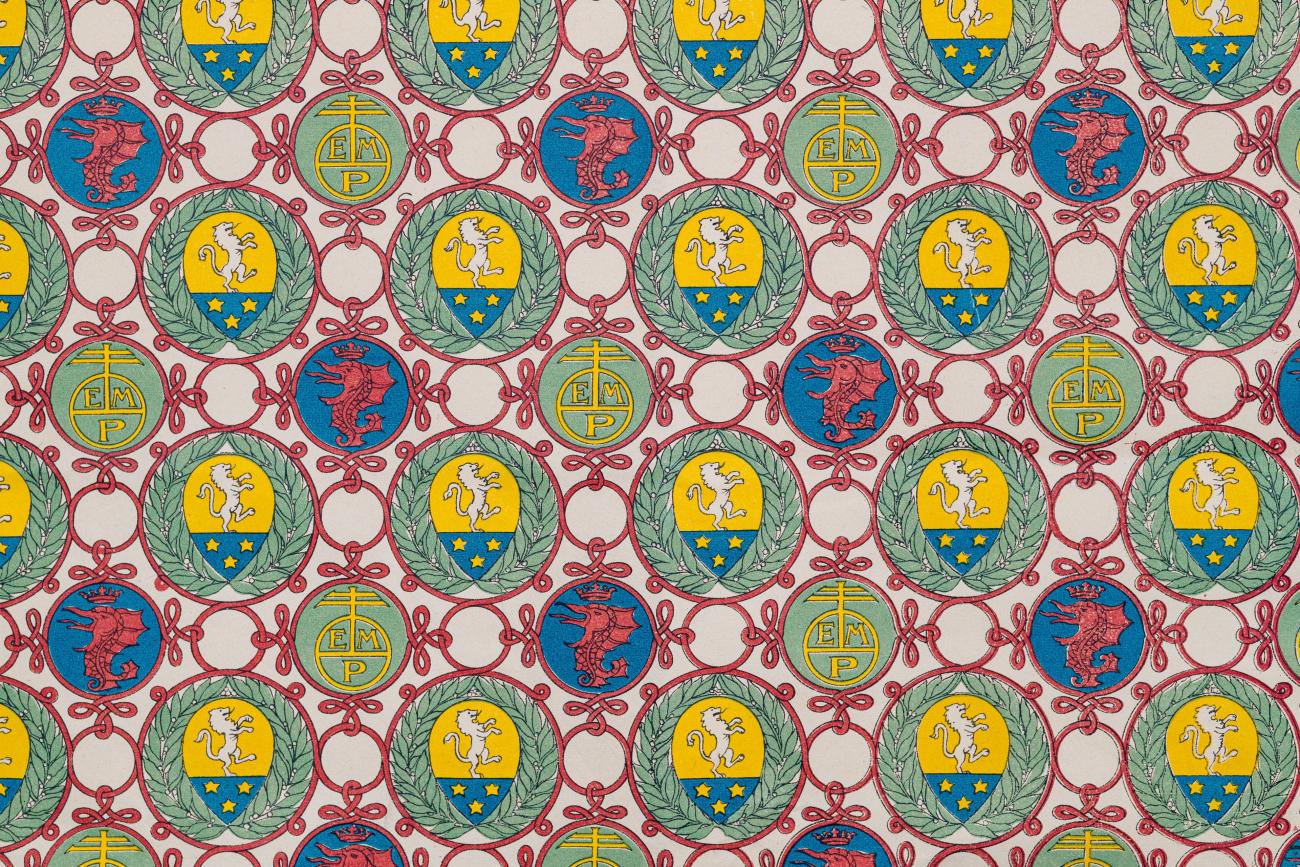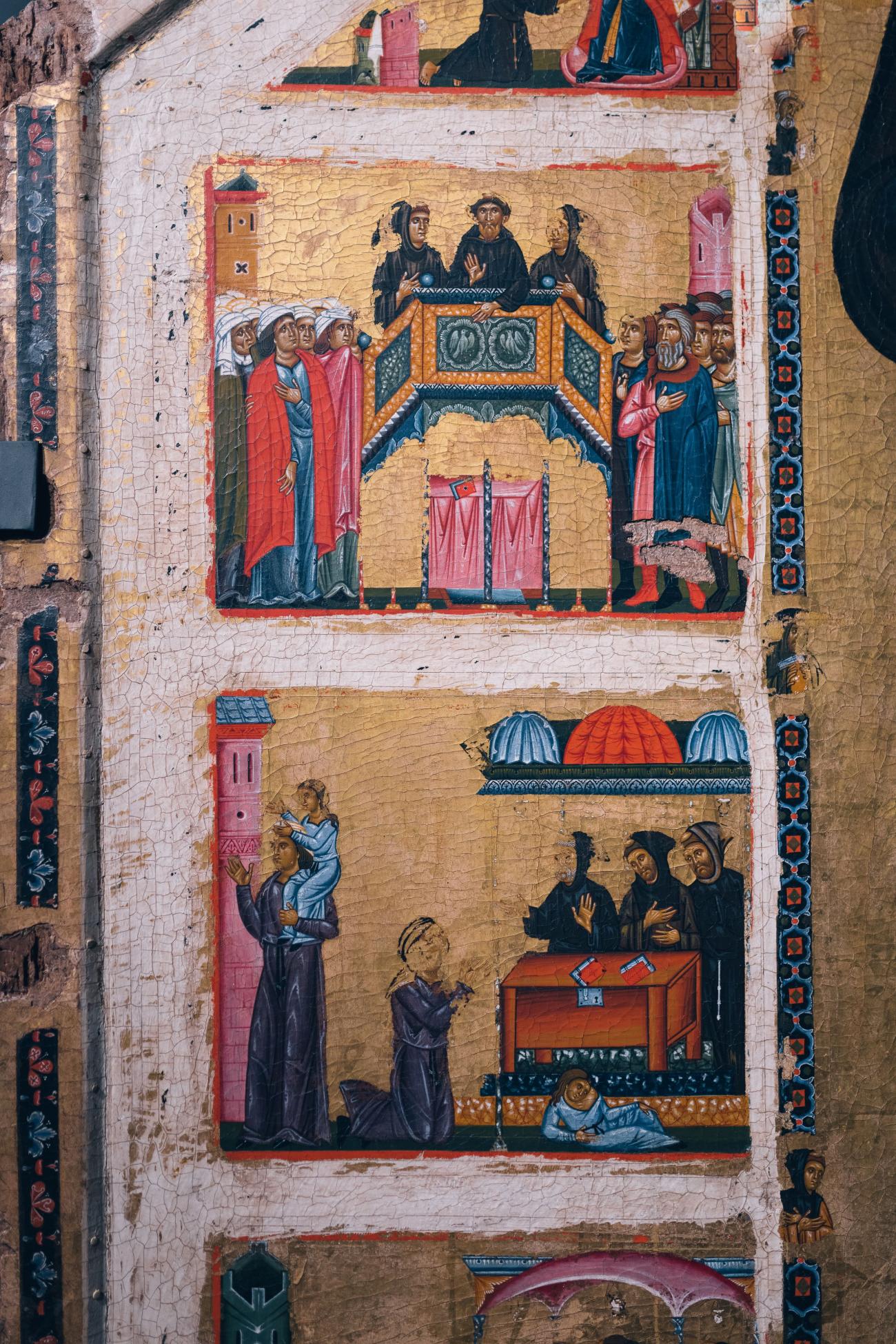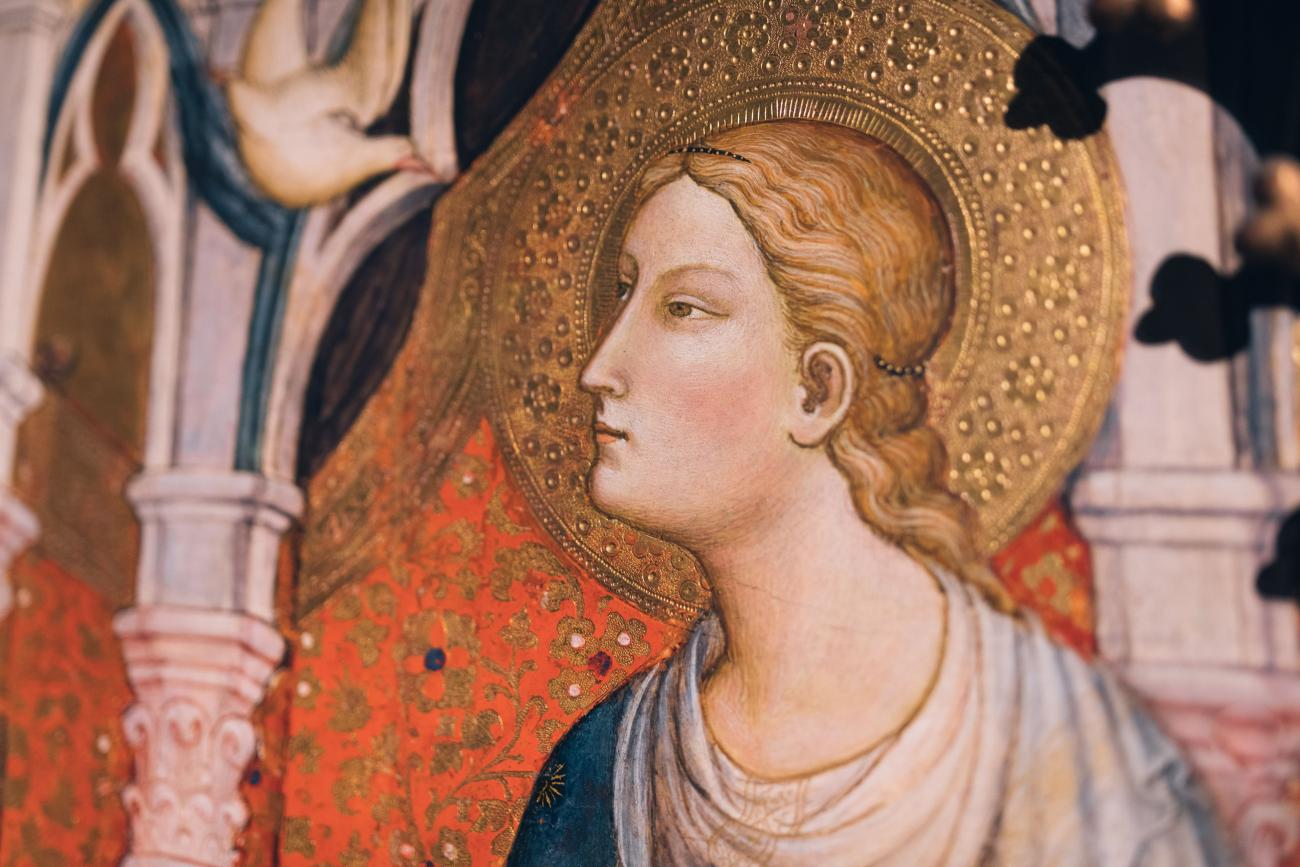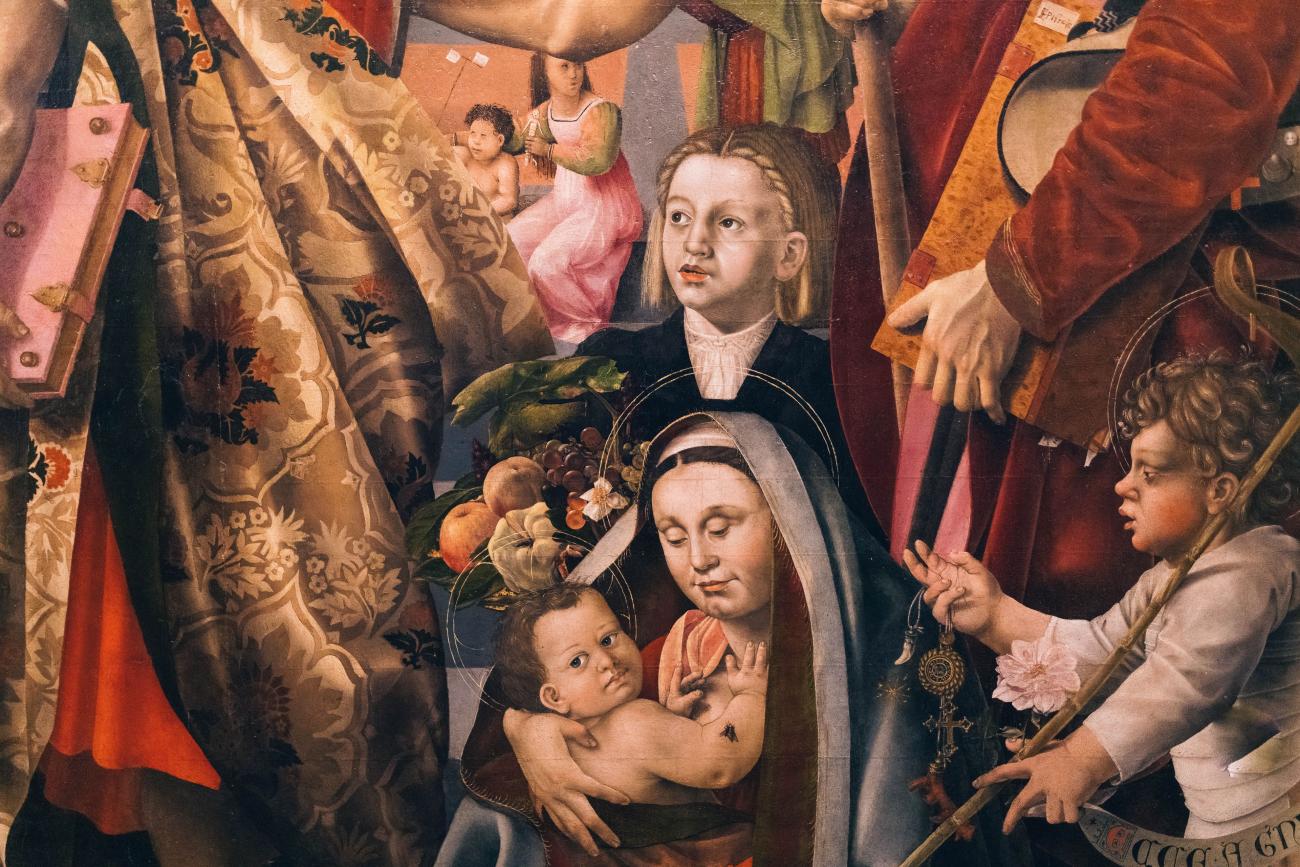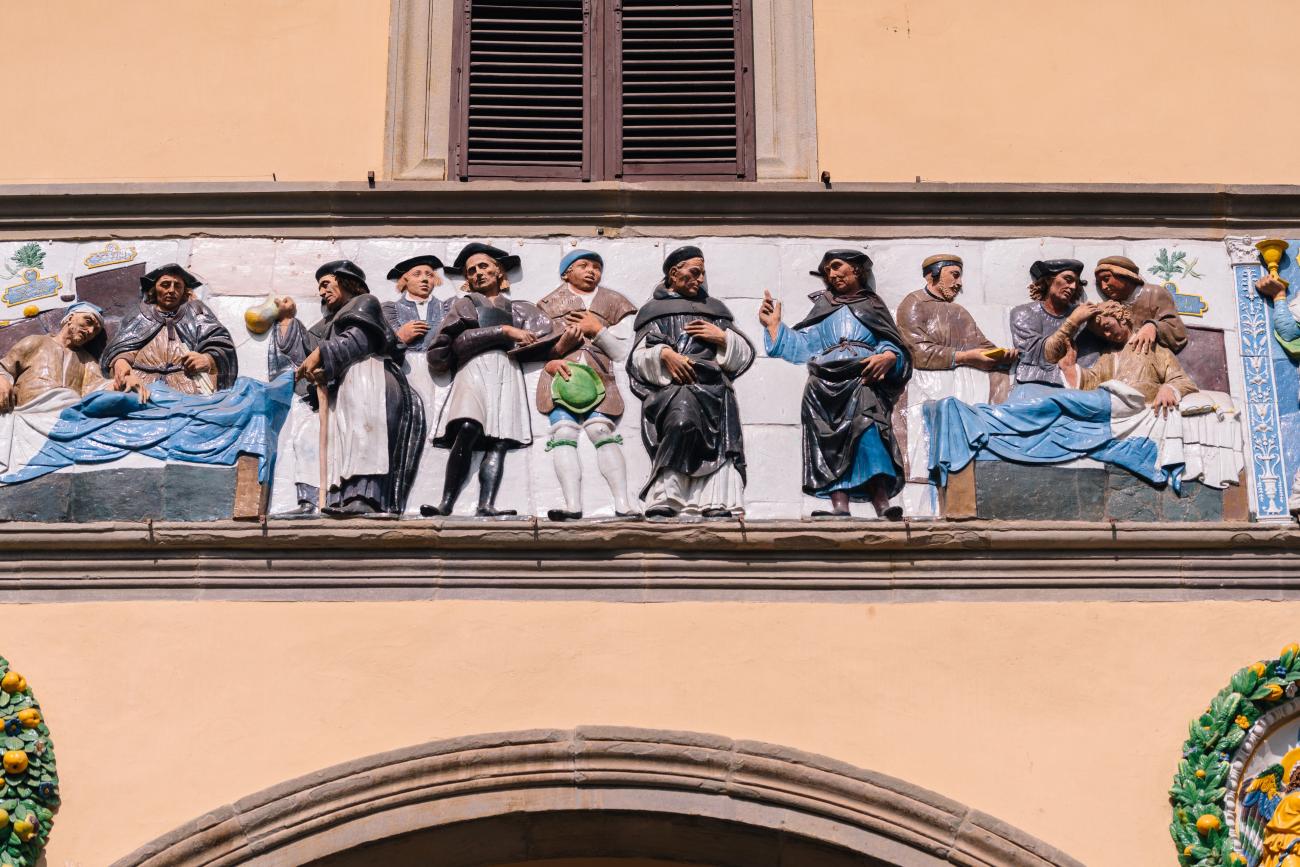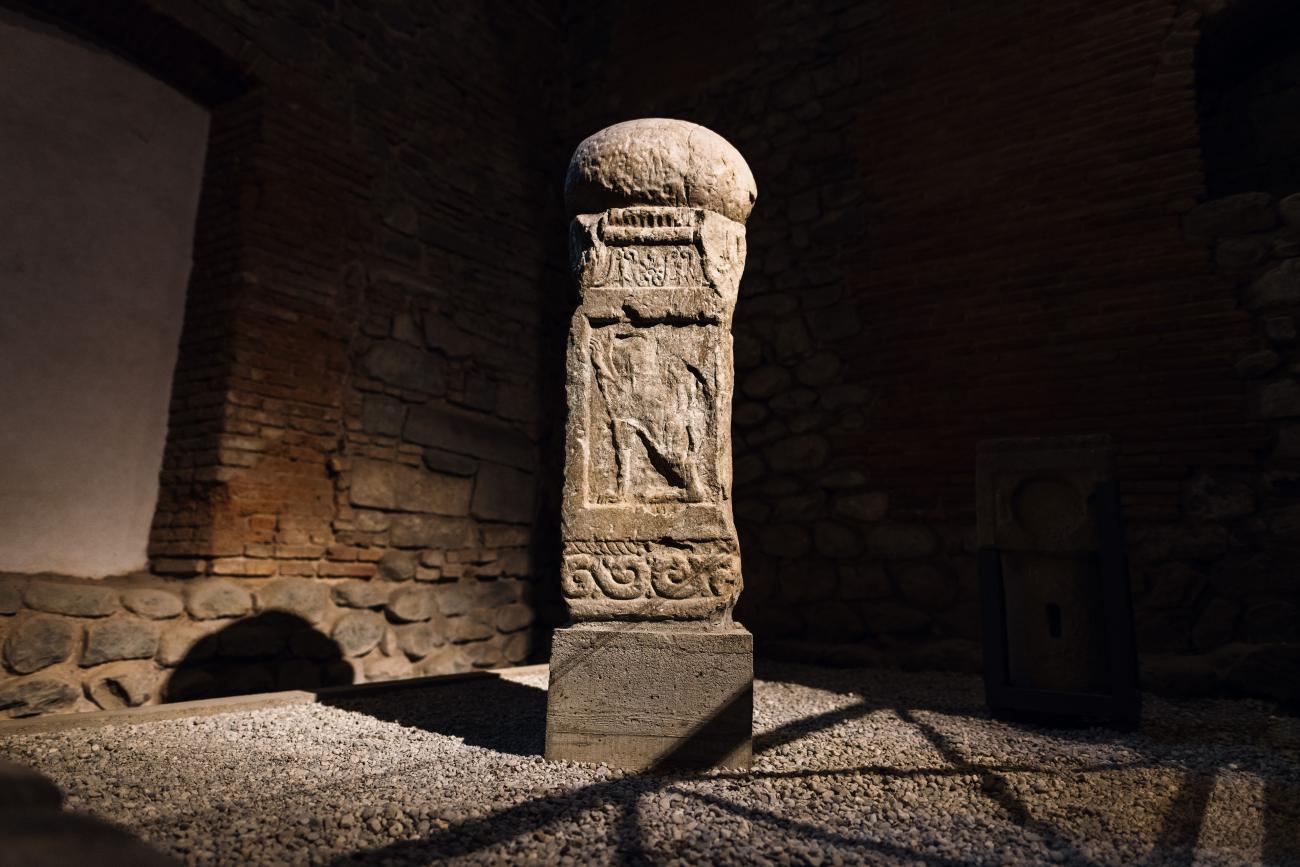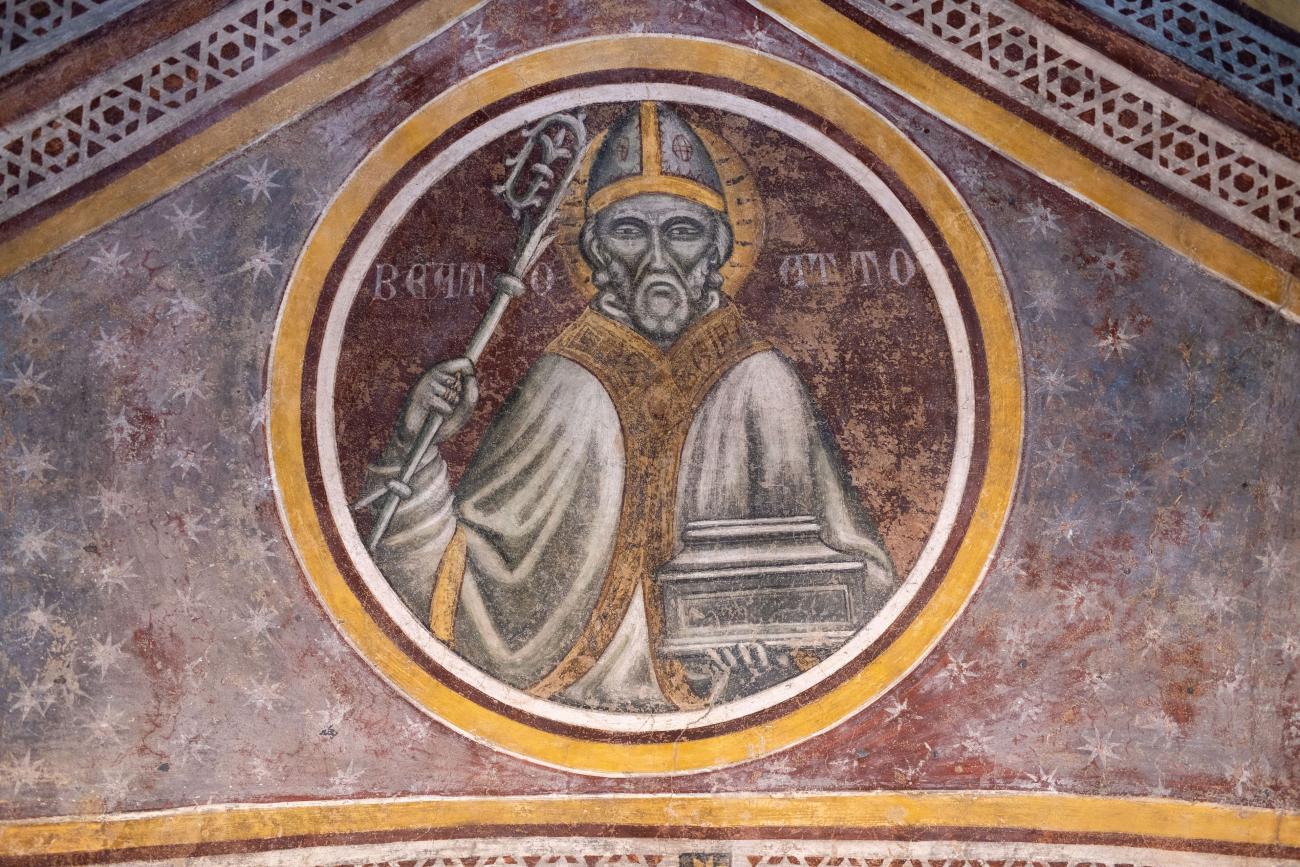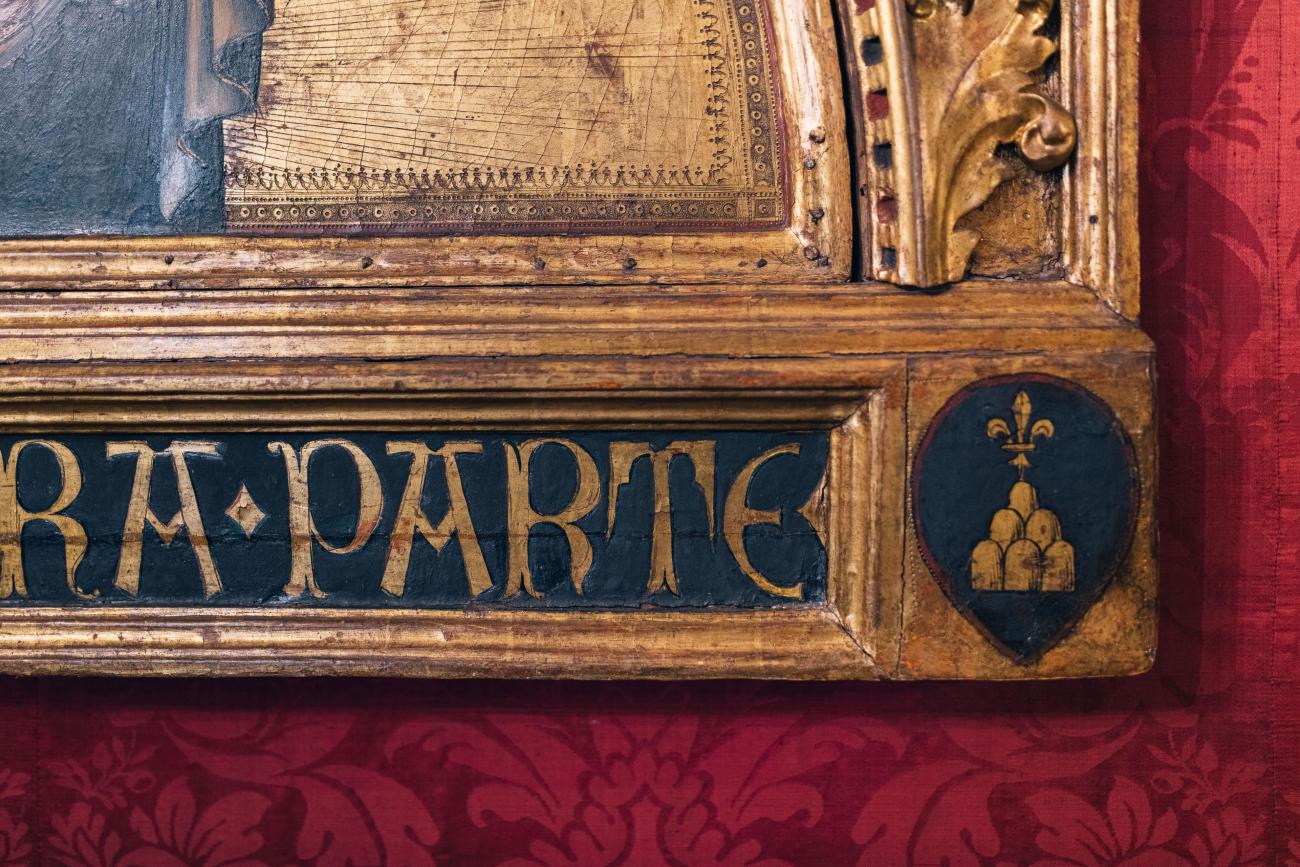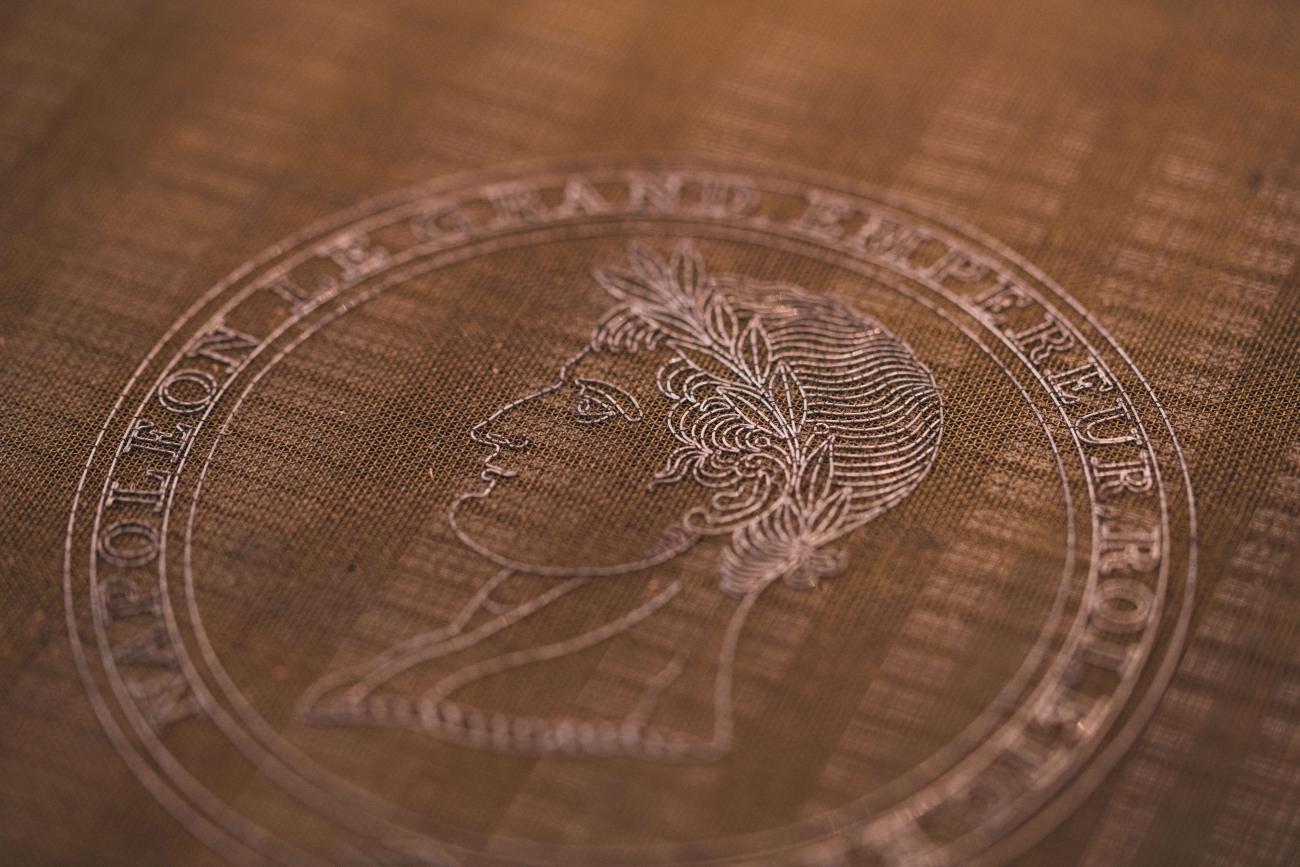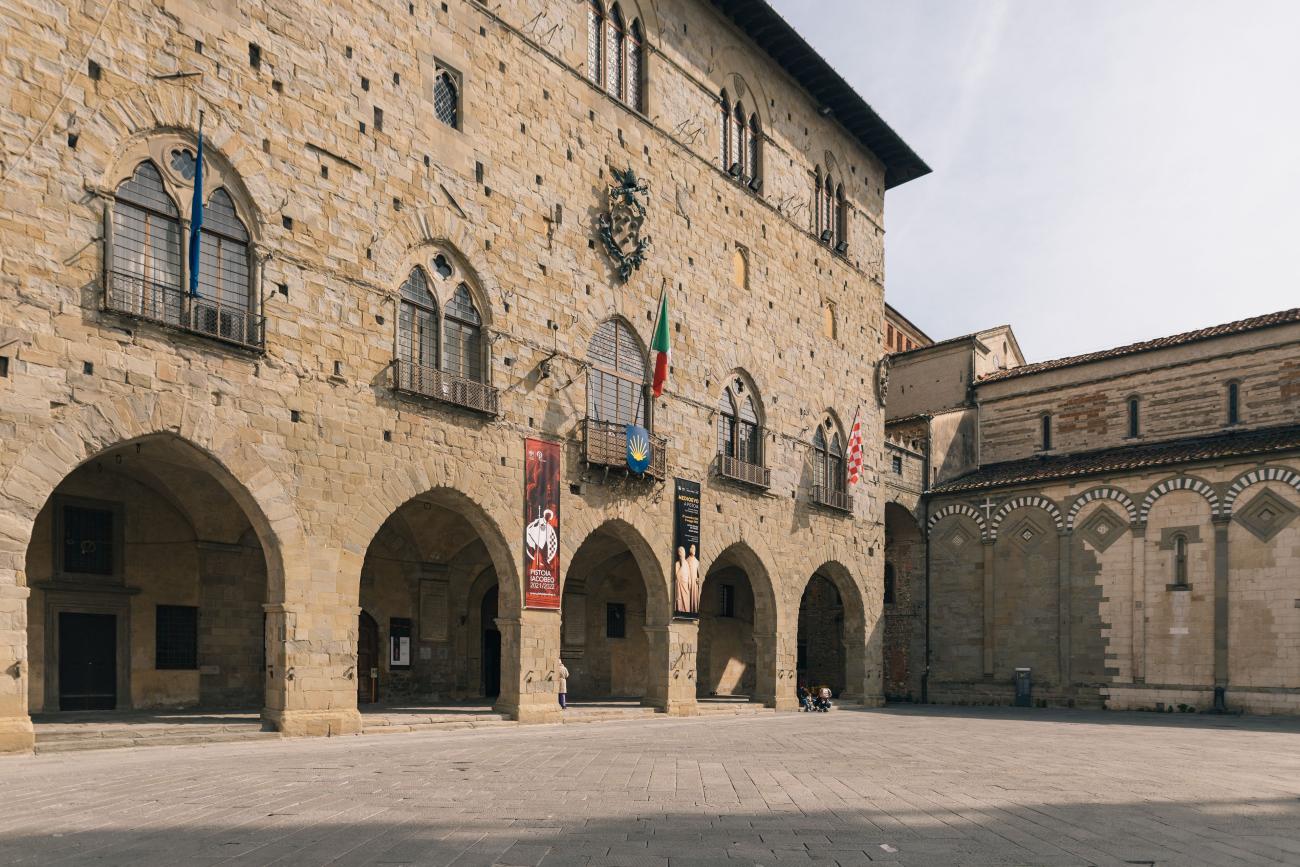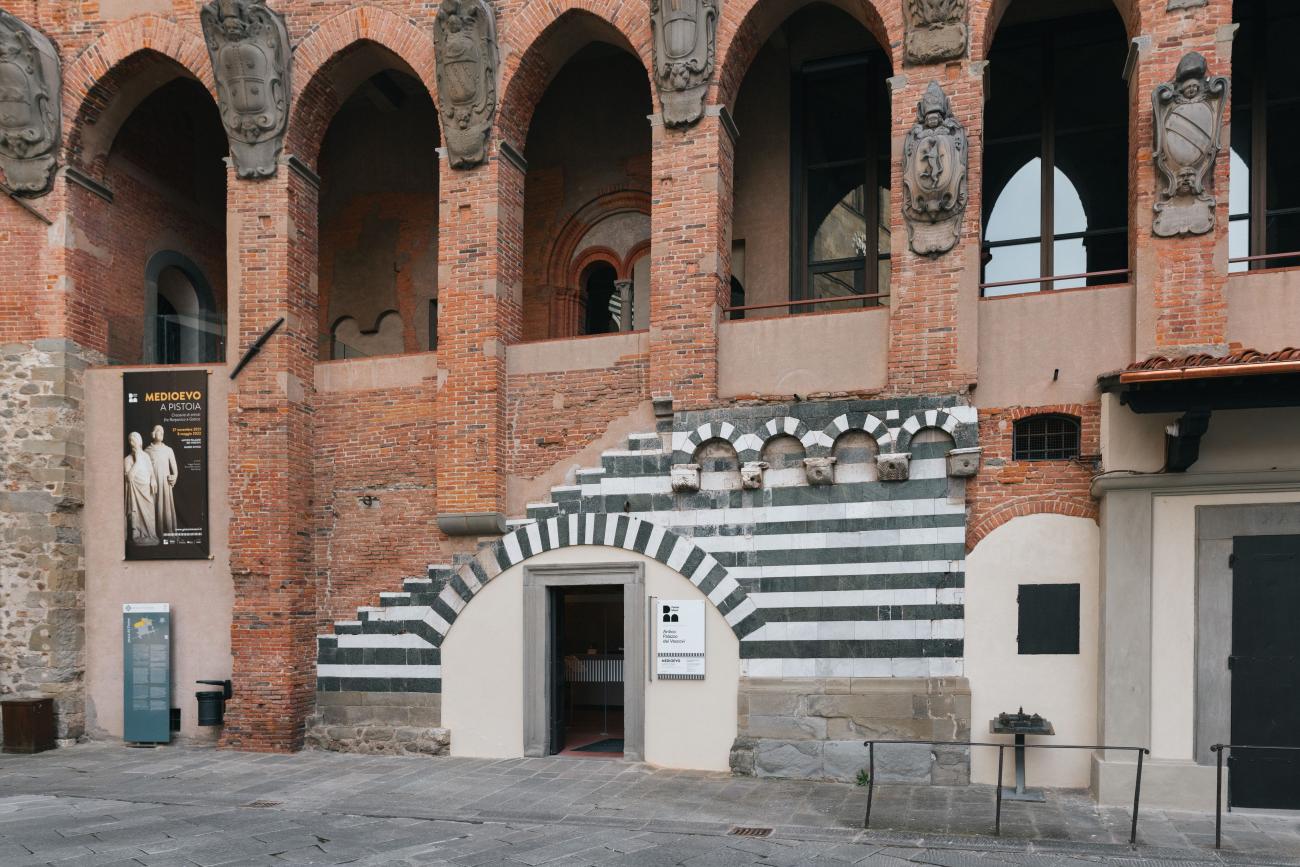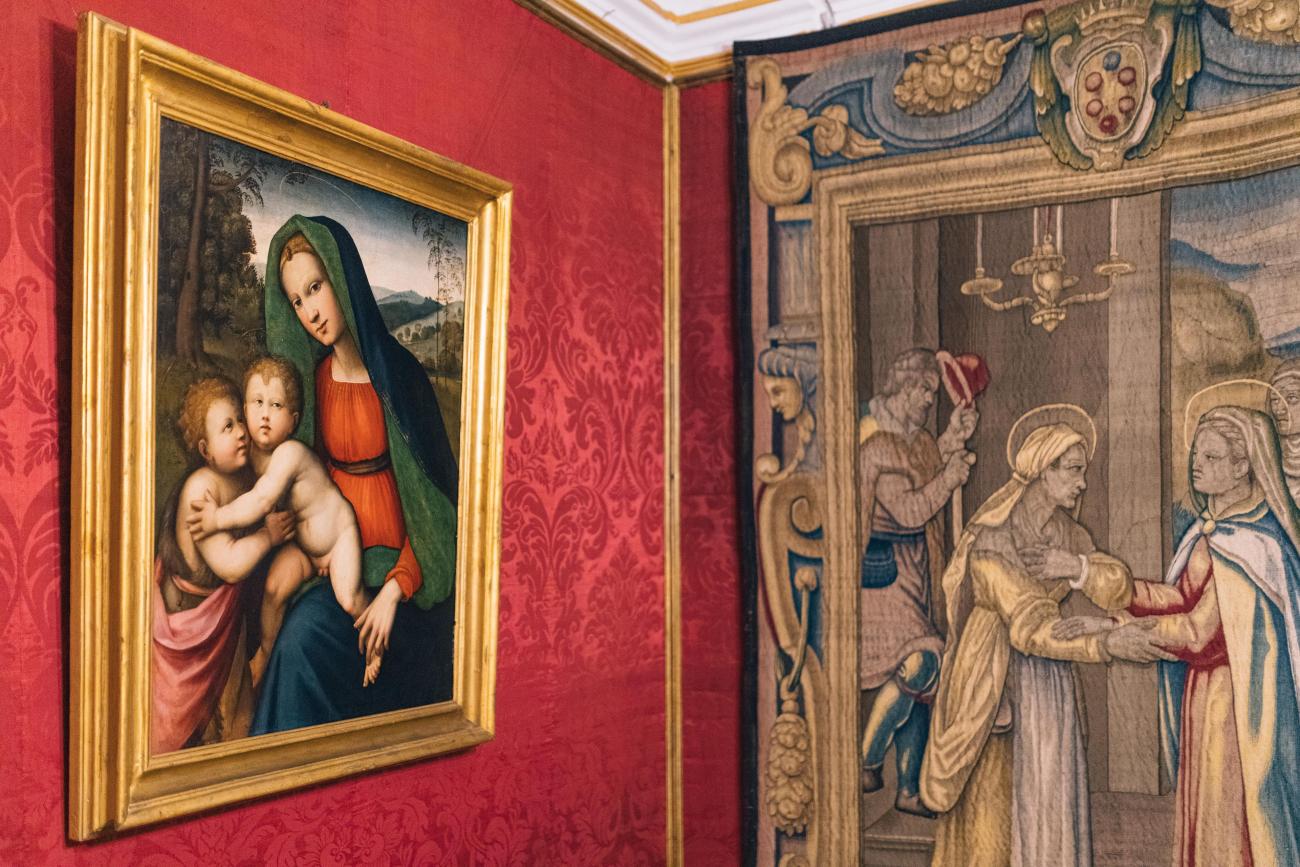Our artworks could tell many a story, if only they could speak...
They would tell us why they were created and by whom or how.
They could answer so many questions... Who were their commissioners? For which location were they designed? How did they pass through all these centuries to reach us?
Though, if one thinks about it, they do talk to us, and how. Even when they appear to remain silent, inside the museums, churches and palaces. They do it through images, symbols, styles and techniques. And we interpret them by cross-referencing historical memories, literary sources, critical analyses and restorations: the language of art is constantly evolving, it is full of new discoveries and surprises recounting the wonderful story of the human experience.
There are stories and there are Stories. Where does one encounter them?
In Pistoia’s Museo Civico for ancient art, there is a 13th century altarpiece depicting the stories of St Francis. It was painted a few decades after his death, when his memory was still alive among his peers. Viewing it today is like going back to the time when, in Assisi, a man was born whose thinking revolutionised the course of Western history.
In Pistoia’s Museo dello Spedale del Ceppo, one can find traces of Leonardo Bonafede’s extraordinary story; the hospital director, who at the start of the 16th century commissioned one of our greatest masterpieces, an extraordinary polychrome terracotta frieze, now in view on the façade.
The Antico Palazzo dei Vescovi is a web of interwoven stories that reveal themselves to those traversing its monumental spaces, in which traces of a past looking at us from afar emerge.
Pescia’s Museo Civico houses some tablets with a golden background that date back to the 13th and 15th centuries. They arrived in the early 20th century, directly from the Uffizi Gallery. The Antiche Cartiere Magnani’s historical archive, one of the most significant business archives in Italy, is on show at the Museo della Carta and preserves documents dating between the 18th century and the early 1900s.
The museums in the province of Pistoia are set up inside historic buildings: the Palazzi de’ Rossi, Buontalenti and Fabroni in Pistoia, and the Palazzo Galeotti in Pescia. They are the historical residences of the nobility, which after various incarnations, now accommodate and interact with artistic artefacts and keep the relationship between past and present alive. Not only masterpieces, but also so-called minor works, small hidden treasures that, if closely observed, become immense.
In the museums in the province of Pistoia, one doesn’t merely encounter the most diverse and attractive stories, but also history. Our civilisation’s great history, which emerges from the artworks like a window opening onto the past: from the 19th-century paintings in the Puccini collection at the Museo Civico for ancient art in Pistoia; to the works of the Ansaldi collection at the Museo Civico in Pescia; and the 20th century collections at Palazzo de ‘Rossi and Palazzo Fabroni; and the many memories guarded inside the rooms of the other monumental buildings.
History is not a linear concept, rather, it is the overlapping of present moments. From this perspective, artworks are all timeless and reveal themselves in space only through our gaze. Without our participation, they would be lifeless. Go visit them, they are waiting for you to tell you stories full of wonder and awe.
